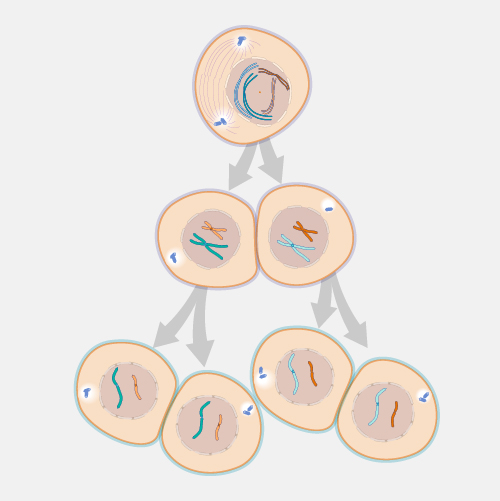
Chromatid
Definition
A chromatid is one of the two identical halves of a chromosome that has been replicated in preparation for cell division. The two “sister” chromatids are joined at a constricted region of the chromosome called the centromere. During cell division, spindle fibers attach to the centromere and pull each of the sister chromatids to opposite sides of the cell. Soon after, the cell divides in two, resulting in daughter cells with identical DNA.

Narration
Chromatid. Cell replication is important during growth and for replacing cells that are damaged and cannot be repaired. A good example of this are the cells that are in place when you get a cut on your skin and the cut heals. The new cells are exact copies of the old cells. As part of cell replication, your genetic material that makes you who you are, which is found in your chromosomes, must be copied and directed to each of the new cells. These chromosome copies are chromatids that have a special structure that connects the two and allows for this careful separation into new daughter cells to maintain a correct number of chromosomes in each cell.





